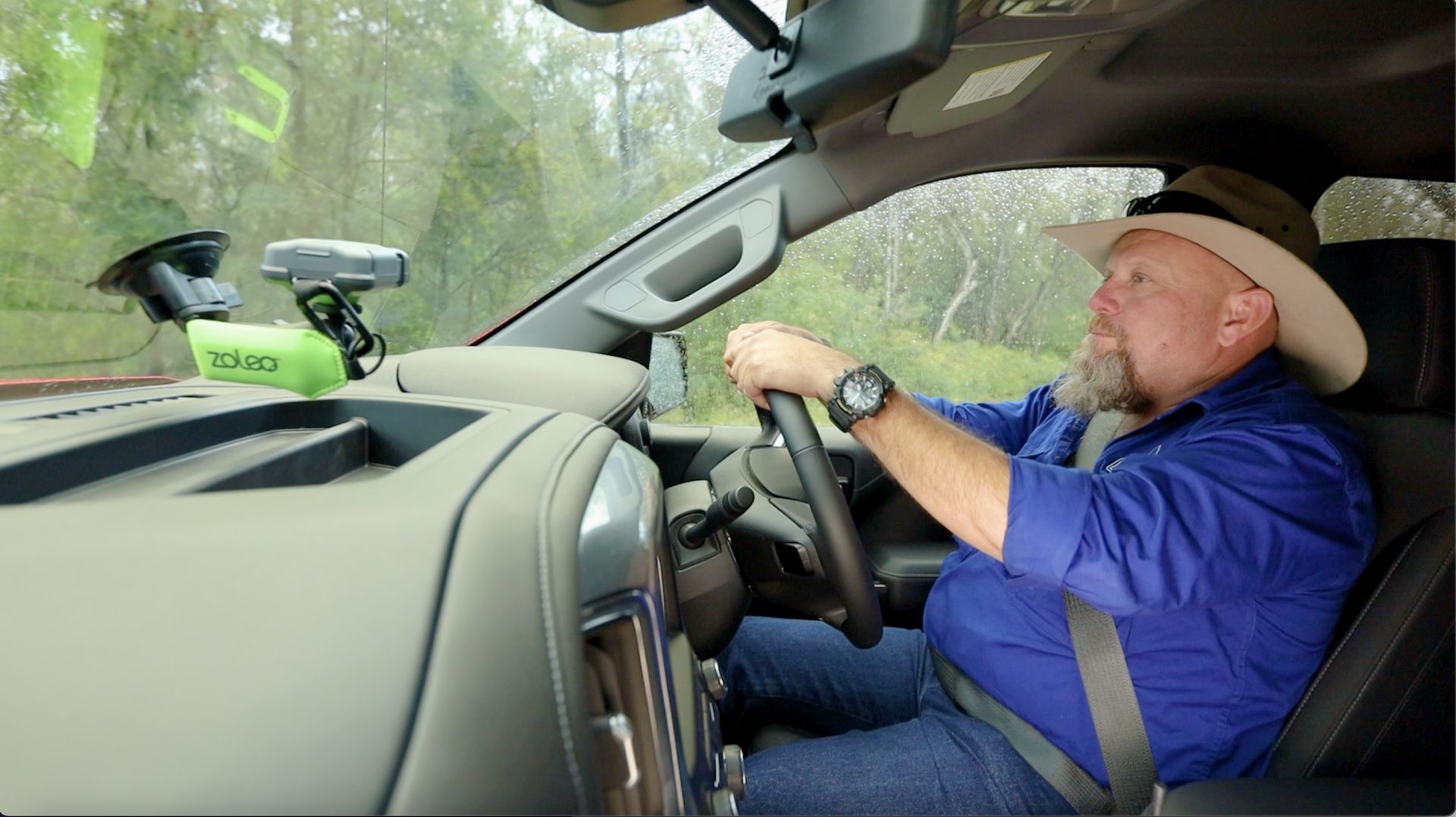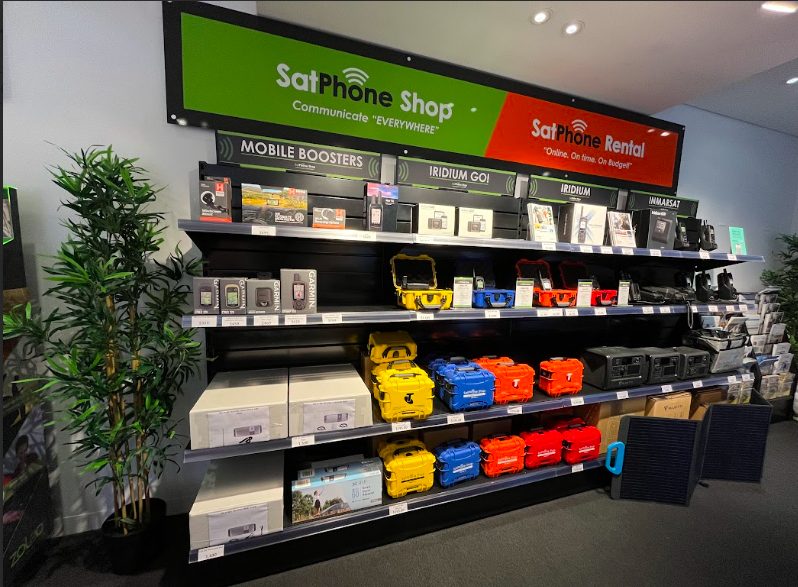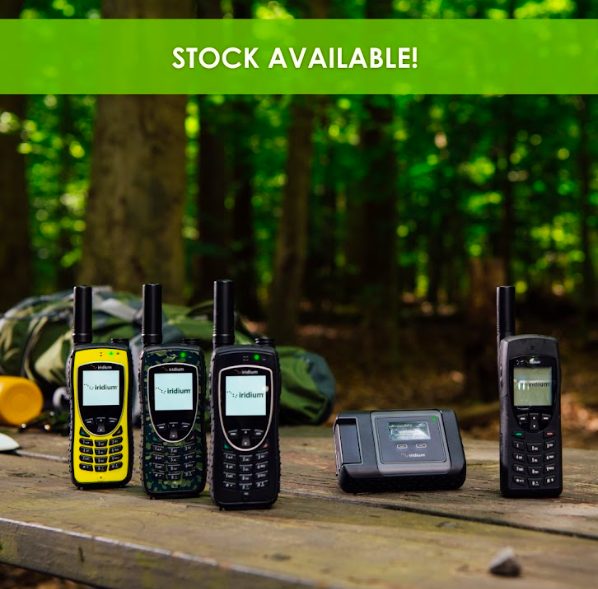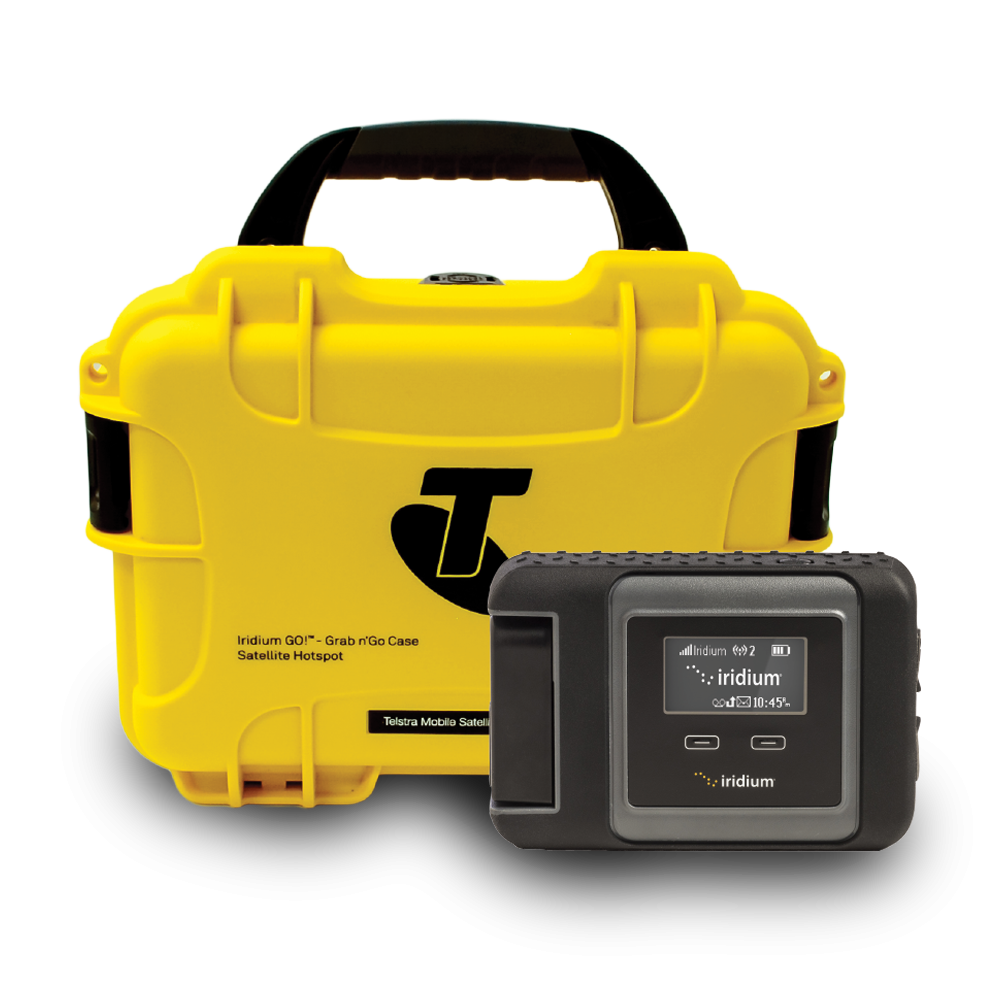Satellite Telecoms Demystified with SatPhone Shop

Buy or Rent? Pre or Post-Paid Airtime? Which Network? Device or Phone? Here’s what you need to know about satellite telecomms before heading remote
Caravanning is just one giant learning curve. Take telecommunications. With mobile networks only covering around 20 per cent of Australia’s land mass, accessing a satellite service is good insurance–especially when you’re remote, where you can wait hours before seeing another vehicle. But understanding your options can be tricky, which is where SatPhone Shop fits in.
“We have a good percentage of customers who have come in after being broken down, with no mobile coverage,” says Reiny Gajewski, Business Manager for SatPhone Shop.
“The only way they’ve gotten out of the situation was when someone came past with a satellite phone.”
Talk it Out
 While costs for services have lowered, understanding your travelling ambitions, schedule and communication style is what gets you the best value service–that’s why it’s smart to start with a conversation.
While costs for services have lowered, understanding your travelling ambitions, schedule and communication style is what gets you the best value service–that’s why it’s smart to start with a conversation.
Thankfully, the SatPhone Shop team specialises in remote and satellite telecommunications and is happy to answer all your questions over email, on the phone, in person or via online chat.
The trick is to start with an open mind as what works best may surprise you; renting either a satellite handset or device that turns your smartphone into a satellite phone, purchasing one outright with pre-paid airtime or post-paid airtime access, or acquiring it over 12 or 24 months on a fixed contract are just some of the options available. You can buy messenger-only devices or just rent a SIM if you want.
Devices & Networks
When comparing mobile satellite packages, it’s important to understand you’re balancing the pros and cons of a complete solution. That’s because all handsets and devices are network specific, says Reiny.
So, when choosing a device you’re not only looking at its features you’re also weighing up a satellite network’s performance and its available airtime packages.
Which Network?
When it comes to satellite networks, as far as Reiny is concerned “coverage is king”.
The off-grid communications specialists deal with satellite telecommunication networks that operate all over Australia: Iridium and Inmarsat.
Inmarsat, a Global Satellite System provider, offers a fully featured colour-screen handset for lower start-up and pre-paid airtime costs that are potentially significant depending on your travel time and your phone usage.
“They’ve been in this space [consumer sales] for about 10 years. Whilst established overall for over 50 years, they’re a bit of a newer player in the handheld market and are more aggressively priced,” Reiny explains.
The Inmarsat service operates on its fixed or ‘geostationary’ satellite servicing Australia and requires a clean line of sight to the north-northeast. Inmarsat is popular with boaties and many others for these reasons. But for high-country travel, using the Iridium Network may be better.
“The Iridium Network has 66 global satellites moving all the time–so if you are near a hill and you don’t have coverage all you do is wait.”
The satellites are in a lower orbit so the signal is more reliable in overcast weather and you’ll find it easier to get a connection even if you’re near shrubbery or in a ravine.
How you acquire your device may also influence your satellite network choice. All Iridium handsets are available for hire through SatPhone Shop.
What Device?
 There are three main product categories available through SatPhone Shop, dedicated satellite handsets like the Iridium 9555, Iridium Extreme 9575 or the Inmarsat IsatPhone 2; a telecommunications device that works with your smartphone such as the Iridium GO! or the Iridium GO! exec; or a satellite messaging device that also works with your mobile phone such as the ZOLEO Global Satellite Communicator.
There are three main product categories available through SatPhone Shop, dedicated satellite handsets like the Iridium 9555, Iridium Extreme 9575 or the Inmarsat IsatPhone 2; a telecommunications device that works with your smartphone such as the Iridium GO! or the Iridium GO! exec; or a satellite messaging device that also works with your mobile phone such as the ZOLEO Global Satellite Communicator.
Dedicated handsets are usually simple in their features but they’re great if you’re outside of mobile coverage for any time and want to avoid charging multiple devices. But Reiny says about half the users purchasing a satellite telephone solution prefer the GO! device.
“The Iridium GO! integrates with your smartphone providing you full access to your mobile contacts, and allows for ease of calls and messaging using the Iridium GO! App. It’s very easy to use. For travellers who enjoy their smartphones, it’s a nicer experience.”
If phones are out of your budget, the ZOLEO messenger provides text and access to a SOS emergency service if required. The entry-level price for messenger-only plans is also lower compared to a satellite phone plan.
What’s more, the ZOLEO communicator seeks out the cheapest way to deliver and receive your messages, so if budget’s an issue it’s a real win.
Understanding Airtime
Customers who frequently make satellite phone calls in a short period may find pre-paid SIMs competitive. But if satellite telecommunications are for occasional use or personal safety, accessing post-paid airtime with Iridium on a month-to-month basis may be better.
Or, if you travel frequently outside of mobile coverage and expect to make satellite calls semi-regularly, a 12- or 24-month Telstra Mobile Satellite contract on the Iridium Network could be cheaper–even if you’re home for several months of the year.
The benefits of a fixed contract include a local-like number, lower monthly costs, lower call costs and no charges to receive calls, with plans starting from as little as $55 a month.
With a Telstra fixed contract, you can also spread the cost of the handset or the Iridium GO! device over the contract term if you prefer, all interest-free.
What About Renting?
 If you’re saving for a once-in-a-lifetime trip spanning two or so months, renting a handset or even a SIM could be the best option.
If you’re saving for a once-in-a-lifetime trip spanning two or so months, renting a handset or even a SIM could be the best option.
“If you’re lucky enough to have a friend with a compatible satellite phone, a SIM could be all you need,” Reiny explains.
Rental options let you choose a handset with either pre- or post-paid airtime, depending on what’s more competitive.
Again, it simply boils down to how long you’re away and your usage needs. A conversation is where it begins.
Using Satellite devices
“Satellite phones do not work in caves or planes as you see in the movies,” says Reiny.
“They must be used outdoors with a clear view of the satellite. You can buy external antennas to work in a vehicle but for a handheld device, it’s all about the outdoors.”
